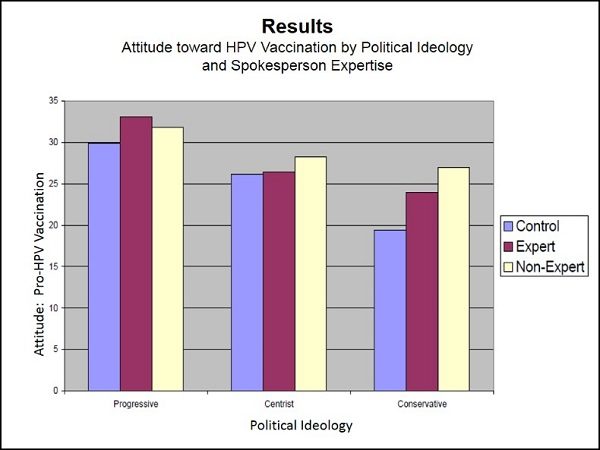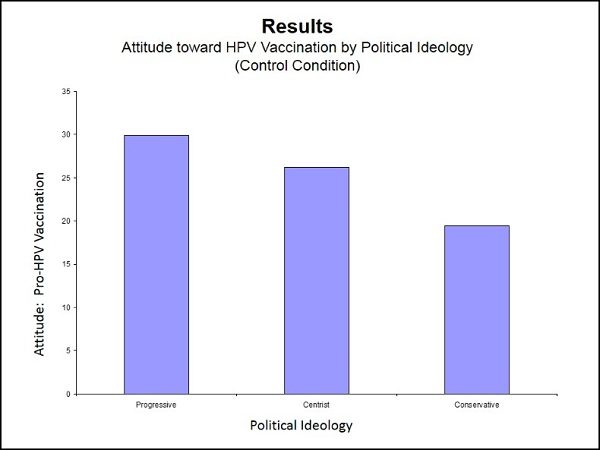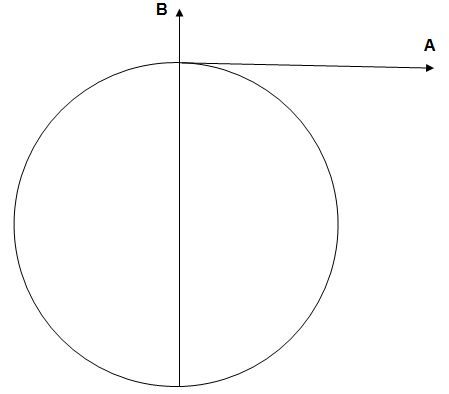Home » Research (Page 2)
Category Archives: Research
Train Your Auto Pilot
The way even the most complicated software works is a bit at a time. Or a byte. Programs are made up of sequences of routines, which are made up of sub-routines, and the finished programs join them all together.
My son taught himself to play the impossibly fast passages in Mozart’s Clarinet Quintet by breaking the hard parts down into small groups of three or four notes, and practicing the small groups until they were mastered. This is not dissimilar to the routines and sub-routines found in programming. He joined the groups of notes together, slowly, until they could be played more quickly. Eventually he joined all the groups together into an astonishing performance.
He learned this technique of training his Auto Pilot with the help of a succession of inspired music teachers. Some of them called it, “Building muscle memory.”
Actually, I have heard this “muscle memory” explanation a lot, and it bothers me. Last I heard, muscles don’t have memories, but they are controlled by something that does—the brain.
I think there may be an unconscious urge to shy away from thinking about the things the brain may be doing that we are not aware of. (Maybe the Auto Pilot wants to stay hidden?) I hear other aspects of Auto Pilot behavior chalked up to simply being habits, as if a habit is not something our brain learns to do while we are not consciously trying to learn anything.
The part and/or function of the brain I call the Auto Pilot (and that T.D. Wilson, in Strangers to Ourselves, calls “the adaptive unconscious”) is observing and learning constantly, and using what it learns to predict what will happen next so that it can direct our bodies to take appropriate actions. These actions are not limited to simple sequences of muscle movements, but can include complex behavior patterns.
So, for instance, when we are crossing the street, our Auto Pilot notices how close we are to the curb so we don’t trip; notices the puddle so we avoid it; notices the car that is about to hit the puddle and splash cold, muddy water near us—and before the splash ever happens, we are already back-pedaling to stay dry.
The Auto Pilot doesn’t have eyes in the back of our head, however, so when the bicyclist who is coming up behind us shouts angrily at us for backing up unexpectedly into his path, it registers surprise – and so do we, swiveling our heads to see where the biker is and leaping quickly out of his path, and maybe flipping him the bird while we’re at it.
The Auto Pilot is always learning, and always making predictions. If reality falls in line with our Auto Pilot expectations, we can go humming along merrily through the day, not having our attention directed to unexpected bikers and other things that may surprise us. And this, I believe, is our usual state of affairs: busy paying attention to something else—a phone conversation, a memory, a worry—while cruising on Auto Pilot.
The default control of our Auto Pilot and this learning-predicting-surprising sequence has tremendous implications for marketers, especially advertisers and brand managers. Here are three quick take-aways for them:
(1) Advertisers who want to get their advertising noticed would do well to find ways to surprise the Auto Pilot.
(2) To build brand equity, a brand manager would do well to try to teach the Auto Pilot to predict positive experiences in connection with the brand.
(3) If you have a dominant position in the marketplace, avoid surprises and don’t defy any expectations. Just show a smiling kid eating your Happy Meal and make sure the Drive-Thru is open.
Writing to Persuade & Get Paid
Some of what I learned in teaching persuasive writing
1. Emphasize the connection between audience interests and client objectives
2. Everybody needs to get better at punctuation and proofreading
I just finished teaching a new course in persuasive writing at the Sage College of Albany called “Writing to Persuade and Get Paid.”
My plan was to give the class members an opportunity to explore and practice the different writing styles, approaches and mindsets needed to succeed in advertising, public relations, marketing and website applications.
One size does not fit all when you are writing to persuade. Approaches that work in advertising will not work in public relations or as website content. Approaches geared for mass audiences such as those used in advertising, public relations and websites are generally not effective for the narrow-focus writing required for marketing plans and business proposals. Each genre requires good, competent writing, but each has specific requirements that are different from the others.
Advertising has to be intrusive and attention-getting because it needs to grab your audiences’ attention away from all the other persuasive messages that are competing for their attention. It also has to overcome their reluctance to be the target of unwanted advertising.
Writing for public relations may not call for as much verbal flamboyance as advertising, but it requires an understanding of newsworthiness and relationship building.
Marketing plans and business proposals need to provide a compelling, credible story that shows (not just explains) why your product, service, business or idea is going to provide tangible and emotionally satisfying rewards if your target audience takes the action you are advocating.
Website content is different from the three types of writing described above in that it is usually something your target audience is actively searching for, so instead of needing to convince reluctant audiences to pay attention, your job is to reward time-pressured and frustrated searchers for having found what they have been looking for.
In each case, you need to understand your audiences’ objectives as well as your own. And you achieve your greatest success when you understand that fulfilling your audiences’ objectives is the most certain route to achieving your own.
The first semester of a new course is always a learning process for the teacher as well as the students. This one was intended to be a course for good writers who wanted to become better writers. It turned out that although the class attracted students who definitely wanted to become better writers, we needed to spend a lot of effort working our way toward “good.”
While we were able to cover the basic writing formats and strategies for the different writing genres, the most valuable lessons involved studying up on punctuation and proofreading rather than persuasion.
Since we are being alliterative, it might be apropos to call it a prioritization process. Proper punctuation and proofreading are prerequisites for persuasion.



